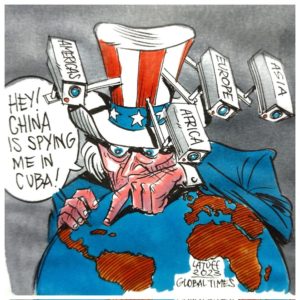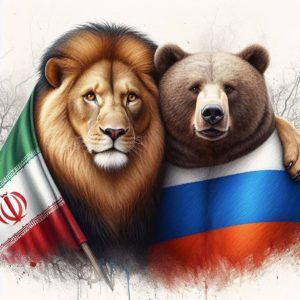
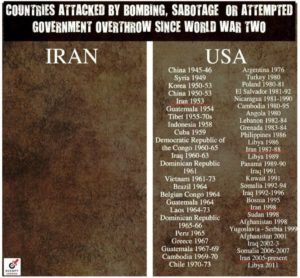


In 2023, over 95% of trade between China and Russia occurred in currencies other than the US dollar. There has been a notable increase in trade volume between the two nations, reaching a record high of US$218 billion through November.

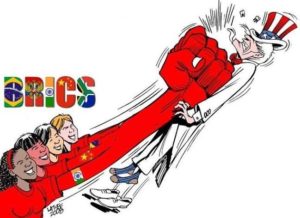
There has been increasing talk of the BRICS nations (Brazil, Russia, India, China and South Africa) developing a new currency that will rival the US dollar as the global reserve standard. This month, the leaders of BRICS will meet in South Africa for further discussions on the matter. Growing pressure for a new global currency comes after continued weaponisation of the US dollar in the form of sanctions and trade wars. Many countries are seeking greater independence from the US financial system. But what makes the US dollar today’s world reserve currency?

Following the end of the Second World War, the Allies gathered at Bretton Woods and anointed the US dollar as the world’s principal reserve currency. It was pegged against gold at an exchangeable rate of $35 an ounce. However, in 1971 the dollar was decoupled due to insufficient US gold reserves rendering the dollar fiat money. A few years later, US Secretary of State Henry Kissinger visited King Faisal of Saudi Arabia to broker the petrodollar system. The United States agreed to provide military support and, in return, the Organisation of the Petroleum Exporting Countries (OPEC) would denominate oil globally in US dollars. This created synthetic demand – countries buying oil would need US dollars – which in turn enabled US dollar primacy.
However, the dollar dominance may be coming to an end. In 2021, Saudi Arabia and Russia signed a military cooperation agreement. The United States was no longer the sole protector of the Saudi Kingdom. Moreover, at this year’s World Economic Forum in Davos, Saudi Arabia’s Finance Minister Mohammed Al-Jadaan announced that the country was open to trading in other currencies in addition to the US dollar – something they haven’t done in nearly 50 years. The signals of de-dollarisation were emerging.
https://www.lowyinstitute.org/the-interpreter/de-dollarisation-shifting-power-between-us-brics


On January 9, 1964, during anti-American protests over the sovereignty of the Panama Canal Zone, US Army units became involved in suppressing the protests in Panama, resulting in the death of 22 protesters.
https://en.wikipedia.org/wiki/Martyrs%27_Day_(Panama)



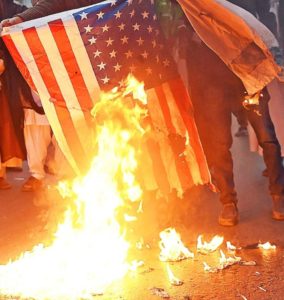
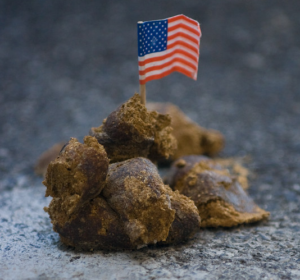









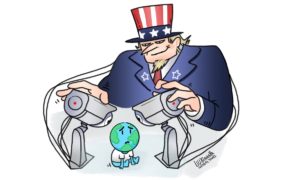

Germany, France, S.Korea, Israel… The US has been spying not only on its rivals, but also its allies. #PRISM #SurveillanceEmpire #GTGraphic



